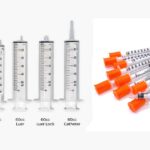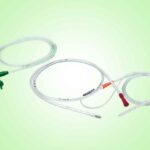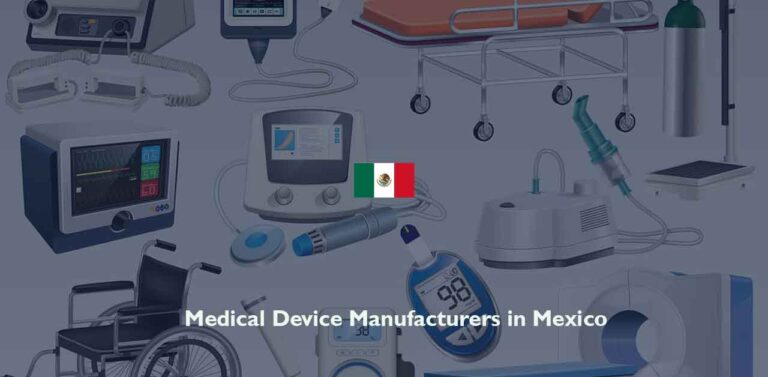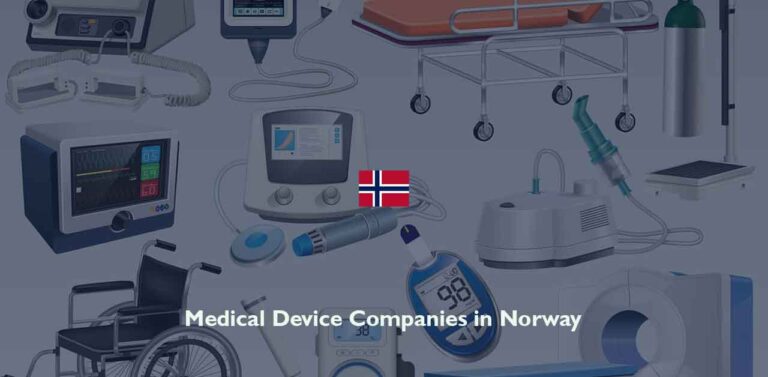Both nasogastric and orogastric tubes are small, thin, soft, flexible tubes that are place through the nose or mouth respectively, down the back of the throat, through the esophagus, and ending with the tip in the stomach.
The nasogastric tube is inserted into the nose past the nasopharynx and down the oesophagus into the stomach or the upper portion of the small intestine. But the orogastric tube is inserted through the mouth down the esophagus into the stomach.
Both nasogastric and orogastric tube are used for enteral feeding, administration of medicines in patients at the risk of risk for aspiration, or who cannot tolerate oral intake. Also, in the removal of content from the stomach through aspiration, suction, or gravity drainage in patient with intestinal obstruction or ileus.
Nasogastric and Orogastric Tube: Differences
Inasmuch as both nasogastric and orogastric tubes are generally used similarly for the same purposes, they also have their slight differences.
Orogastric tube is better used in patient receiving mechanical ventilation.
Nasogastric tube is better in achieving enteral feeding in preterm babies than orogastric tube feeding. There is also a lowered incidence of aspiration, tube displacement, with the infants regaining birthweight more quickly (Ahmed Tawfik Badran, et al. 2021).
In the management of babies in the Neonatal Intensive Care Unit, most healthcare givers prefer the NG tube as it is more easily secured and does not interfere with oral feeding, or sucking on a pacifier.
But orogastric tube is preferred when a baby is on a respiratory support from a continuous positive airway pressure machine (CPAP) via their nose. The CPAP prongs fit snugly inside their nostrils, leaving no extra room for a nasogastric tube. When a baby is on respiratory support, oral feeding is not recommended, hence the need for orogastric tube for full feeds.
Main Uses of Nasogastric and Orogastric Tube
- For enteral feeding
- Administration of medicines, activated charcoal, and radiopaque contrast media
- Remove ingested poison
- To remove blood in GI bleeding
- Detect upper gastrointestinal haemorrhage
- Decompress the stomach of fluid, air, or blood by aspirating the content. This will reduce the risk of vomiting or aspiration, and improve ventilation post-intubation in small children.
Contraindication
- Base of skull fracture
- Severe trauma to the midface
- Caustic ingestion or oesophageal strictures
- Do not use nasogastric tube in patient with a limited nostril patency
Complication
- The insertion can cause nasal mucosa injury, epistaxis, and sinusitis.
- Trauma to the gastric mucosa in gastric suctioning
- Wrong placement in the trachea can result to pleural injury, pneumothorax, tracheobronchial aspiration, pneumonia, and death.
References
- https://pubmed.ncbi.nlm.nih.gov/32620020/
- https://www.chop.edu/treatments/frequently-asked-questions-about-nasogastric-ng-or-orogastric-og-tube-feedings
- https://www.theinsides.co/blog/what-are-nasogastric-and-orogastric-tubes-used-for-in-the-neonatal-icu
- https://wtcs.pressbooks.pub/nursingadvancedskills/chapter/5-2-basic-concepts/












